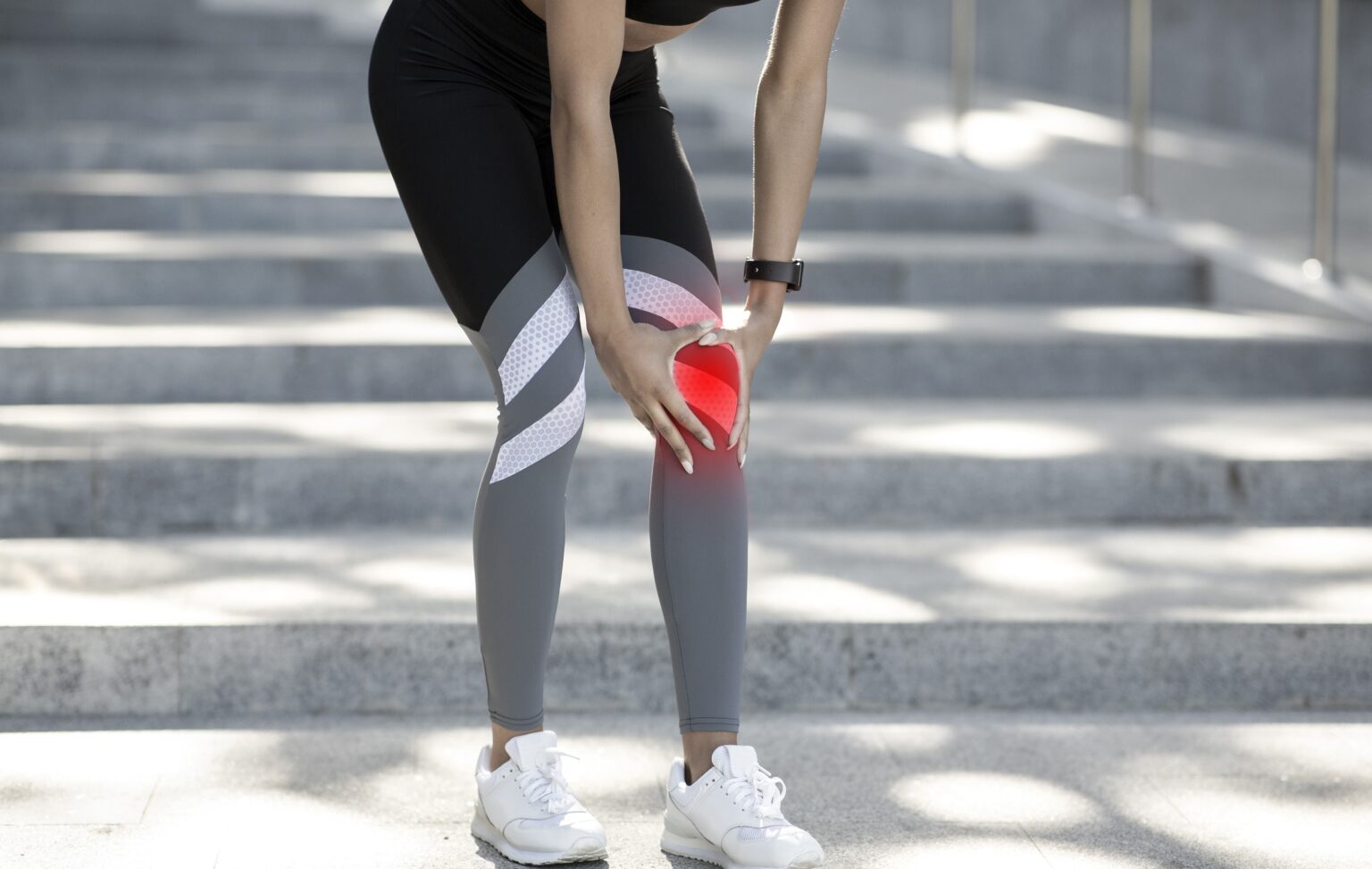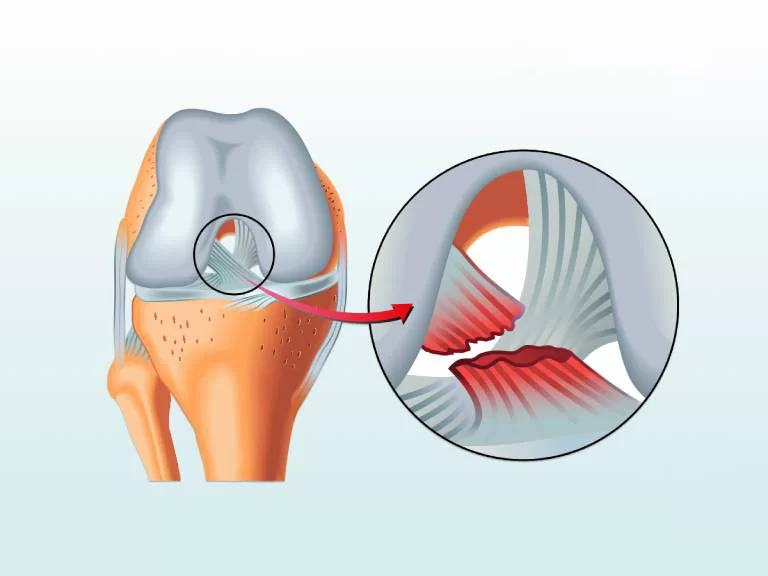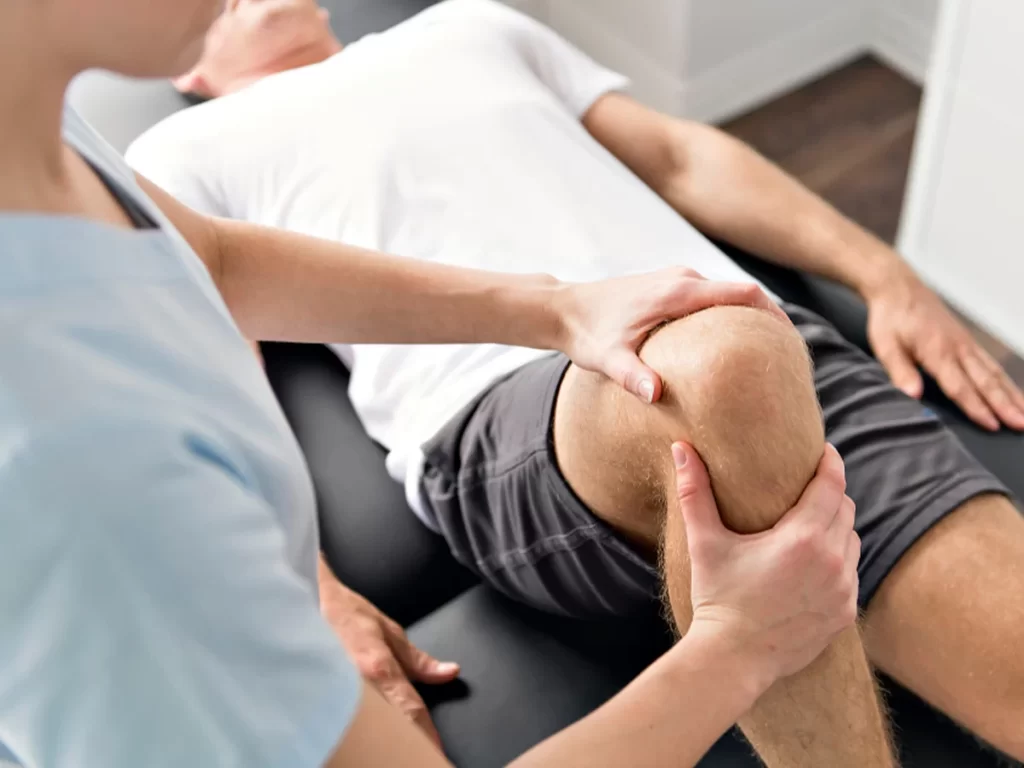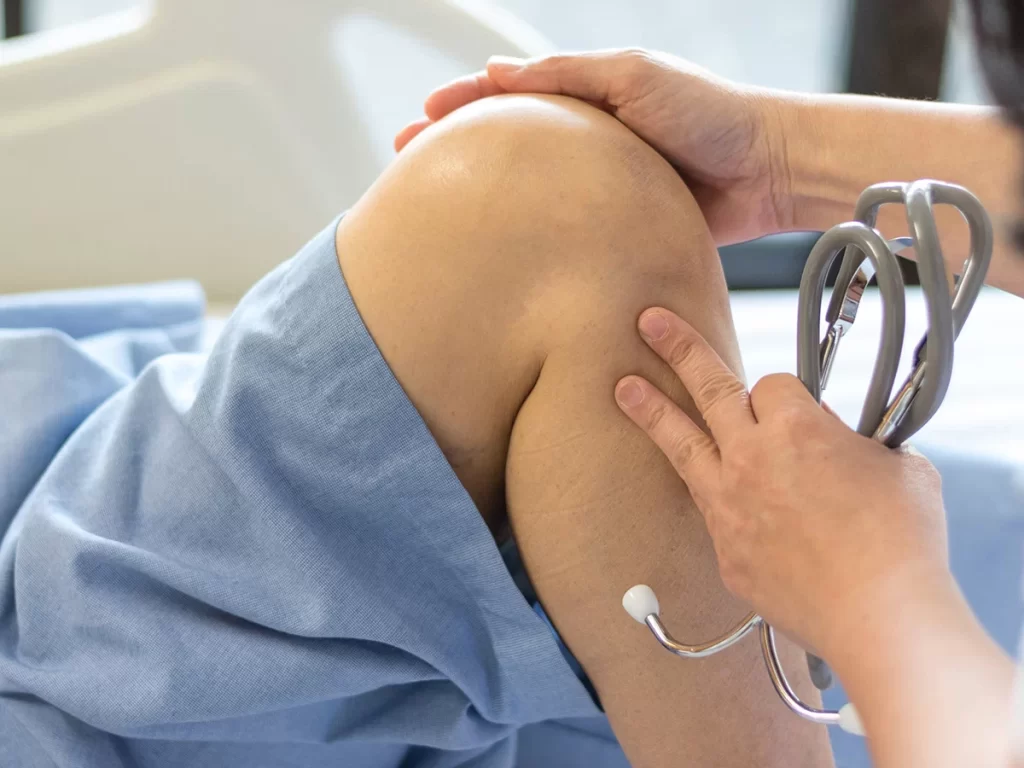Women are more likely to suffer ACL tears than men. This increased risk is attributed to several anatomical and hormonal differences, including the following:
- Wider pelvis leading to greater knee valgus (inward collapse).
- Differences in muscle strength and recruitment patterns.
- Hormonal fluctuations that may affect ligament laxity.










